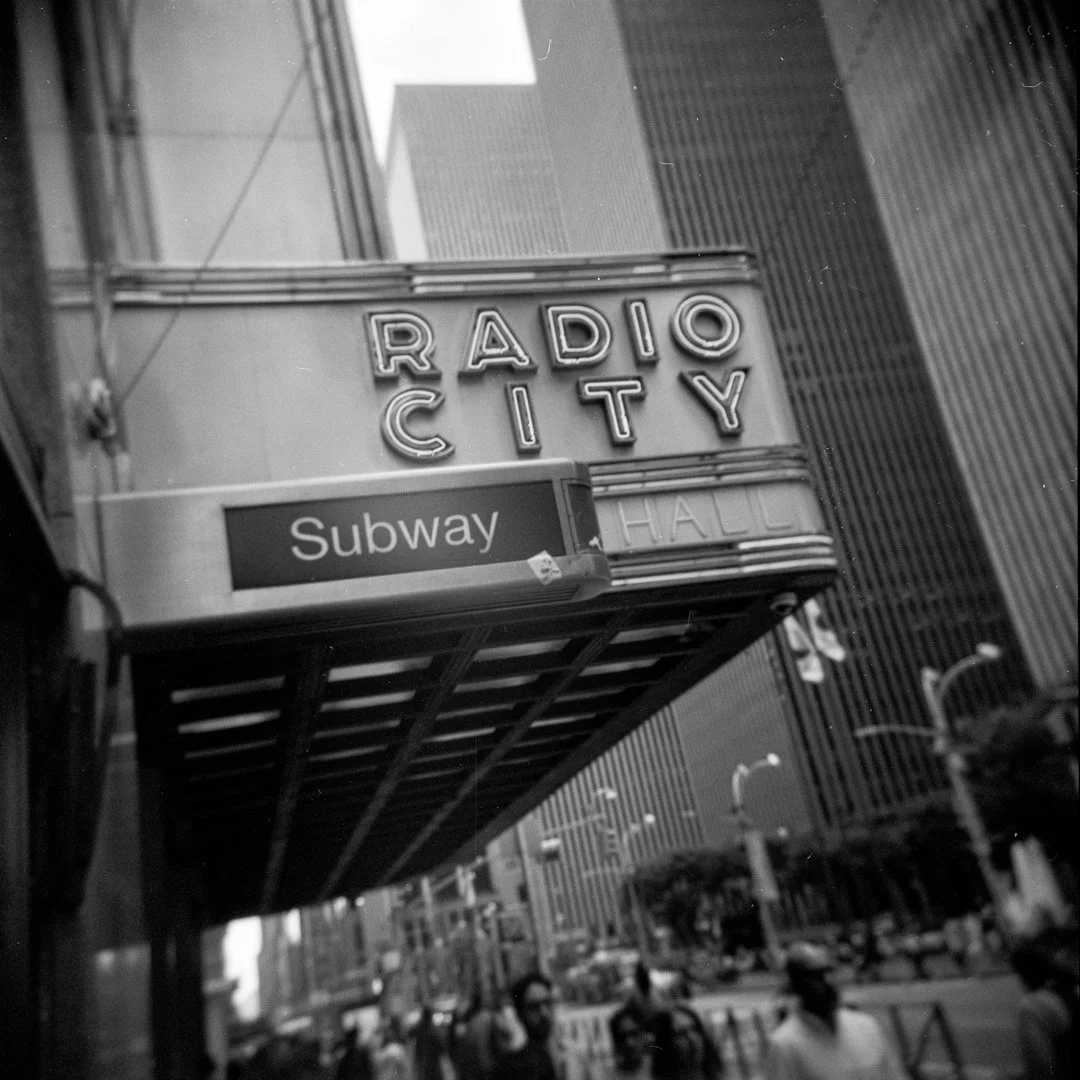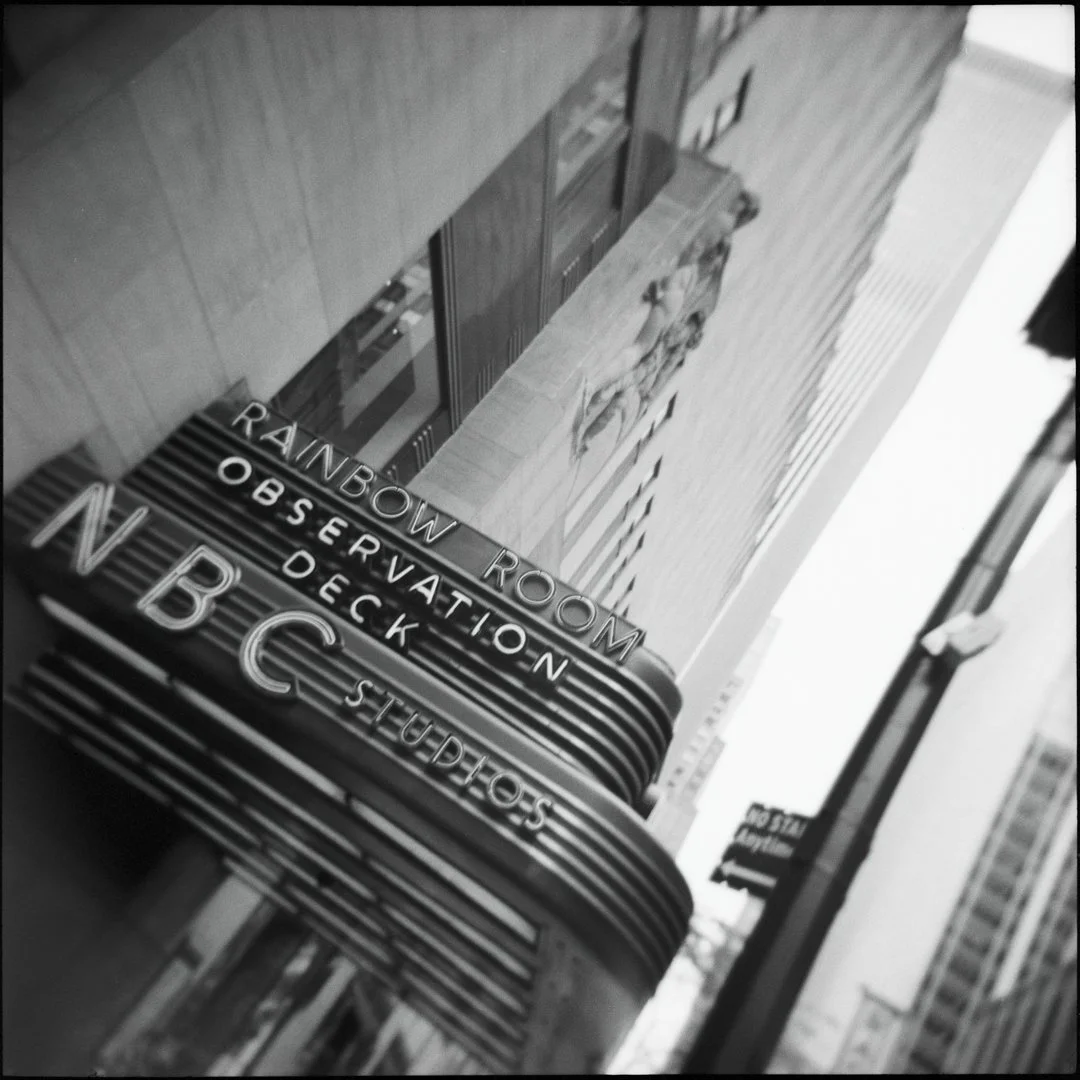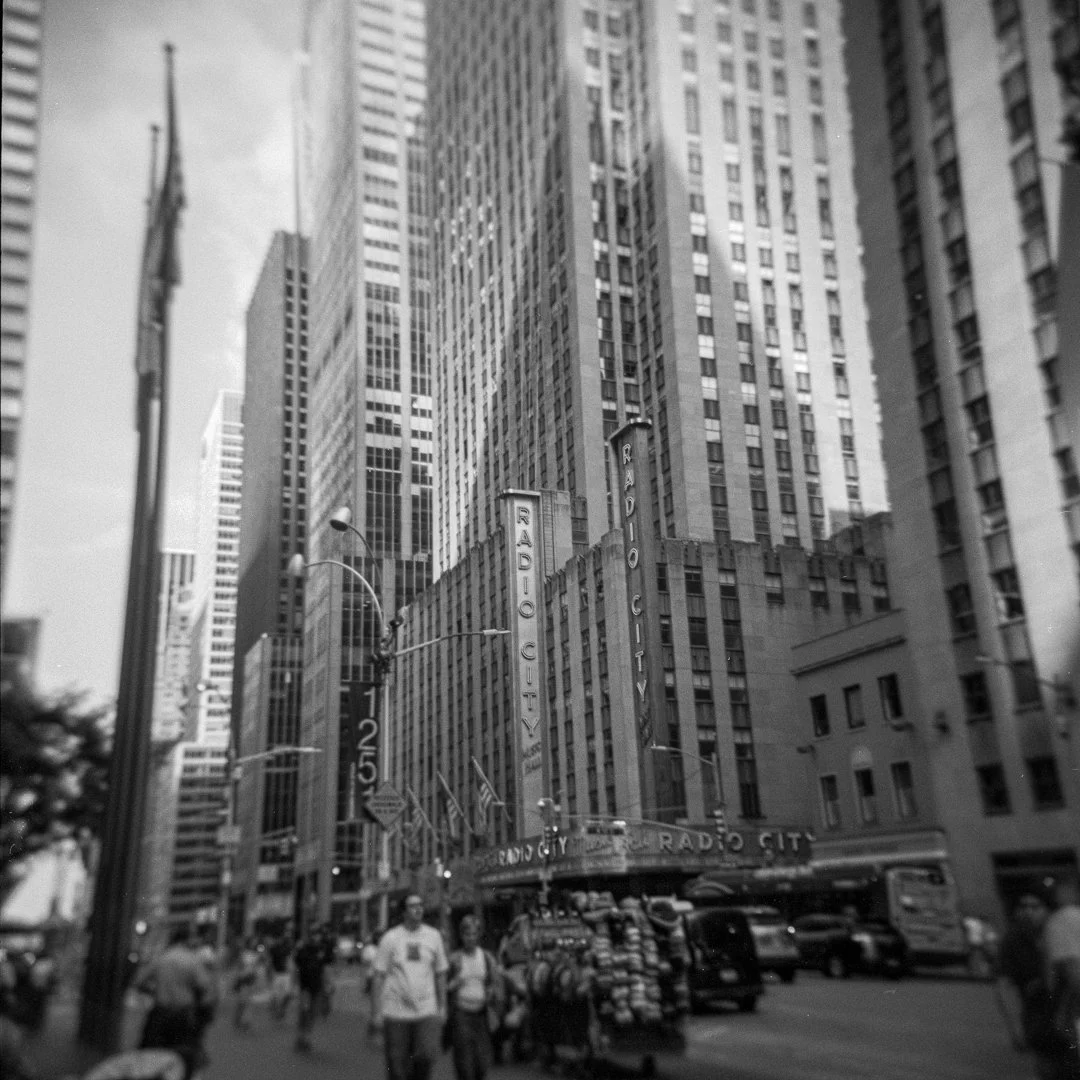Holga 120N
I love my cheap plastic medium format camera! I thought this would be a great time to talk about Holga because October 1st starts this year’s Holga week. If you are not familiar with a Holga 120 it is a basic, somewhat random, medium format camera that has a dedicated following in the analog photo world and Holga week is a weeklong photog event and contest. https://holgaweek.com/
Olana the home of Fredrick Church Hudson, NY
Holga’s fit in a class of camera’s knows as “toy cameras” they exist in my own personal hierarchy above a disposable camera, but below a point and shoot camera. Like a disposable camera, the Holga is all plastic with a plastic lens and is optical viewfinder for framing the scene. However, unlike a disposable camera it is reloadable, it has two shutter speeds, two f stops, two film formats, and you can manually focus the lens using zone focus.
The Holga takes 120 roll film and will give 16 exposures in 645 format or 12 exposures in 6x6 format. By adding an insert in the camera and switching the setting in the frame counting window you change the format. Personally, I always shoot my Holga in a 6x6 format, but this is a personal preference. The Holga comes with 60mm f/8 plastic lens. Being a plastic lens there isn’t a lot of quality optical science packed into this lens. However, it is this lens that give the Holga its distinct look. Each lens is a little different and no two Holga’s are exactly alike. You focus the lens by one of four icons on the ring for different distances. The portrait setting for a distance of 3’, small group for a distance of 6’, large group for 18’, and infinity for 30’ and beyond.
To control your exposure there is a base f stop of f/8. A small switch on the lens mount allows you to go from shade, f/8 to sunny, f/11. This switch slides a small disk into the image path in the camera to reduce the f stop. Finally, the shutter speed is 1/100 “ish” or Bulb.
To say the camera is quirky is an underestimate. The very limiting characteristics of the camera and the pictorial quality of the guestimate focusing and the plastic softness give the Holga its appeal. If the appeal of analog photography is the imperfect nature of it, Holga turns this up to 11 and that is in my opinion why it has such a following.
Radio City Music Hall 6th Ave NYC
Photographs shot on the Holga tend to have softness that is very painterly around the edges and reasonably sharp in the center. With such limited exposure control it is recommended that you shoot a higher ISO film like 400 which yields more grain and in turn further adds the painterly feel of the image. Finally light leaks are a feature in Holga’s. Most users get around this by liberal use of gaffer’s tape, but some just roll with it. It’s all a personal choice.
In practice shooting with a Holga is not nearly as by the seat of you pants as it sounds. I have developed my personal shooting process that hopefully you will find useful. First you choose the film speed. Since there is very little control over the F stop of the shutter speed, I tend to choose a film that can give me acceptable exposure in open shadows since I shoot in the city a lot. That is usually ISO 400.
Second, I load the camera by getting the film started on the take up spool and closing the back. Then I tape the seams of the back and advance the film to first frame. Once I am on the frame, I put a small bit of gaffer’s tape over the frame counter to prevent light leaks.
Once the camera is loaded choose my focus. If I am doing street photography, I set focus to 6’ to 12’ and just walk and shoot. When I am working with a stationary subject I stop, guestimate focus and shoot. Shooting at 1/100ish doesn’t give you the ability to stop action so choose you subjects accordingly. It is also important to know that the Holga advance and shutter are independent. This means you do multiple exposures by just clicking the shutter and not advancing the film. This can be used creatively, however it easy to forget and create accidental multiple exposures.
NBC Studios Rockefeller Center NYC
I have found that for me the Holga is all about increasing the chance of “Happy Accidents” those random frames that just work. I do as much as I can to take photographs, but in the end the camera will have a lot of input. I have made quite a few “Meh” photographs with the Holga, but the once that work really work and this is why I keep coming back to it.
Even with all the limitations Holga is a joy to shoot. It is childlike in its minimalism, and I liken it to riding through the woods on my banana seat single speed bike as a kid. Today I have mountain bikes with 5” of travel dual shocks, 27 speeds, disk breaks all tuned to near perfection, but those bikes don’t match the pure joy I felt on that banana seat Sears bike. Using Holga is the same thing.
Radio City Music Hall 6th Ave NYC
If you want to pick up a Holga, they are easy to find online for under $50. Most major camera retailers carry them in 120 and 35mm format. You can also find 6x12, 6x12 pin holes and 6x6. My personal recommendation is the 6x6 format. It is easy to find, inexpensive, and I feel the 6x6 lends itself to the artistic look of the images. If you are still unsure and have a digital camera you might want to consider picking up a Holga lens for your digital camera. You get a lot of the Holga look with the ease of digital. The Holga lens is a fixed f8, but you can shutter speed and ISO to fine tune your exposure.
For me it’s all about the film, but I also love my Holga digital lens. Whichever you choose embrace the happy accidents.



